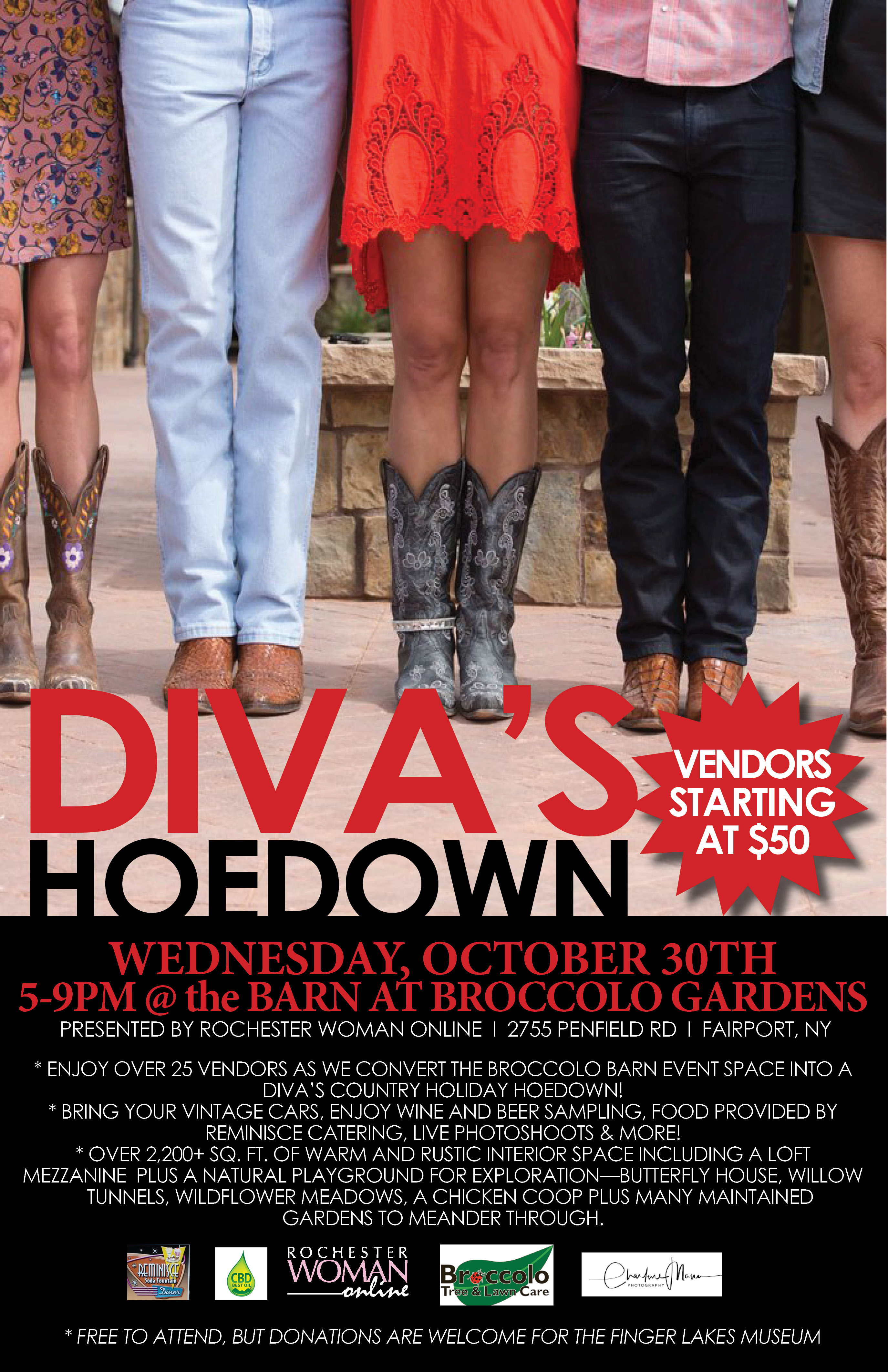You watch the news, you see random, everyday, people being victimized by criminals. You think: “She is just like me, all she was doing was walking to her car” or “I jog there as well and she was attacked.” Pretty scary when you think about how a random crime can affect you. How a seemingly innocent night out, trip to the park to run, or a drive in your car can become a life changing event.
“I need to do something,” you say to yourself, but what CAN you do?
Believe it or not, there is a lot you can do to ensure your safety. In this month’s column, I’ll explore a few of the most popular options for self defense and their advantages and drawbacks.
t can be confusing to figure out what you can do to be safer. Let’s go beyond the basics of having good locks on your windows and doors, an alarm in your home, or stronger doors on your house. (Remember they don’t work unless you actually use them ) I’ll start with the basic, easy to use tips and tools and work my way up.
n all of our self-defense oriented courses, we promote the idea of awareness. Awareness of potential danger, of factors that will lead to dangerous settings, and awareness of your surroundings. Think of this as cheating. You can pay more attention to what’s going on around you without anyone knowing. Your eyes and ears are powerful tools, but you have to know how to fine tune them to be effective. There are four levels of awareness: Unaware, Aware, Alert, and Alarm.
Unaware: you’re basically daydreaming or totally engrossed in whatever you are doing (it had better not be your phone while you’re outside!).
Aware: You are essentially interacting with the world. You are paying attention to what you see, hear, and feel. You’re also thinking and processing the information you are receiving.
Alert: There is a problem. It’s a situation that might affect you in the next few minutes or seconds. This is the time to decide whether to watch and see if the situation gets closer or grows worse, or gain some distance and leave.
Alarm: That situation is now affected you. It’s time to decide if you are going to leave or stay and defend yourself if you cannot leave.
Next we have physical skills. Learning how to use your hands, feet, elbows, knees, and more can actually be very satisfying. One of the great things about physical skills is that you’ll never be disarmed. Tools can be taken from you but skills, once learned and practiced, will be with you no matter where you are or where you go. They can be altered depending on what kind of response you’ll need. This means you can use a softer skill or a harder one based on what you are dealing with. A drawback to physical skills is that they may be limited by your own body’s ability. You may have an injury, arthritis, or not be feeling well. Regardless, there are a lot more advantages than drawbacks.
Delving into the world of self defense “tools” we start with pepper spray. Some people have been told that pepper spray is illegal in NY State, but that is incorrect. Not only is it legal, I encourage everyone to obtain some and learn how to use it. Why? You’re able to use spray in self defense prior to touching someone or fighting with them. It’s a great tool that will give you a few seconds (initially) to get away from your attacker. What’s the drawback? Well, for one, you can have some “blow back” into your face and it will affect you as well. Not too much, but it may be a little irritating for a while. Also, if you do not learn when, and how to use it properly, it may not work as well as expected.
Believe it or not, quite a few women prefer some sort of edged tool. This can be anything used to cut: Scissors, kitchen knives, pocket knives, etc. They make great tools for everyday use AND they make very effective tools for self defense. Most attackers will try to intimidate their victims with knives or sharp objects, but when you learn to use them, the advantage is yours. Drawbacks? Just like any object, you have to have it with you and you have to practice with it. You should also learn how to avoid having a knife taken from you and potentially used against you. Believe it or not, this situation is very easy to prevent. Skill development and training is important so that you learn how to move and respond- regardless of the tools you have.
Lastly, on the top of the tool “pyramid” is a firearm. Some of you may already own one. Some of you might not, yet. There are those of you that may have never considered a firearm for your own protection for many different reasons. In my long career of training, I have found that many women find a firearm to be the greatest equalizer there is. Think of it this way: most women are 30% smaller in body size and strength compared to the average attacker. Physically, there is no way to even the odds when you are fighting for your safety or your life. A firearm can, and will, even those odds dramatically. Beyond the self-defense concept, firearms education is a great way to discover what you are capable of, what you are willing to do to protect yourself and your loved ones, and how effective you can be. So, what are the disadvantages? The first one is the “‘fear factor” of the unknown. Most will say: “Guns are bad” and avoid the subject altogether. This avoidance of education is unsafe. Guns are no worse than a rock, or a pen or a car. They’re all inanimate objects that only reflect the person using them. Another drawback is that you’ll definitely need training. Learning how to use a firearm safely involves going to a professional instructor, who can teach you what you’ll need to know to be safe, yet effective, with your firearm.
There are quite a few choices to pick from in your self defense. I’ve only covered a few of the most popular ones. Ultimately, it is your decision on which method or tool you will wish to use. One thing I would urge is to avoid discounting ANY method of self defense until you have talked about it, or tried it, with the guidance of an experienced and professional instructor.
Dave Jenkins is the founder of Rochester Personal Defense, LLC, the area’s best self defense training company. Come join the other women that have learned how to be safe, keep their family safe, and how they became their own bodyguards.
This recurring column, by Dave Jenkins of Rochester Personal Defense, LLC, will explore different areas and methods of personal protection and self defense. Topics will range from using specific tools, techniques, or even yourself and your mind as the weapon. The goal is to create a more aware and safer you! Questions or suggestions are welcome! You can reach Dave and his team of lady instructors at www.rochesterpersonaldefense.com or 585-406-6758. You can even email them at rpdllctraining@rochester.rr.com





